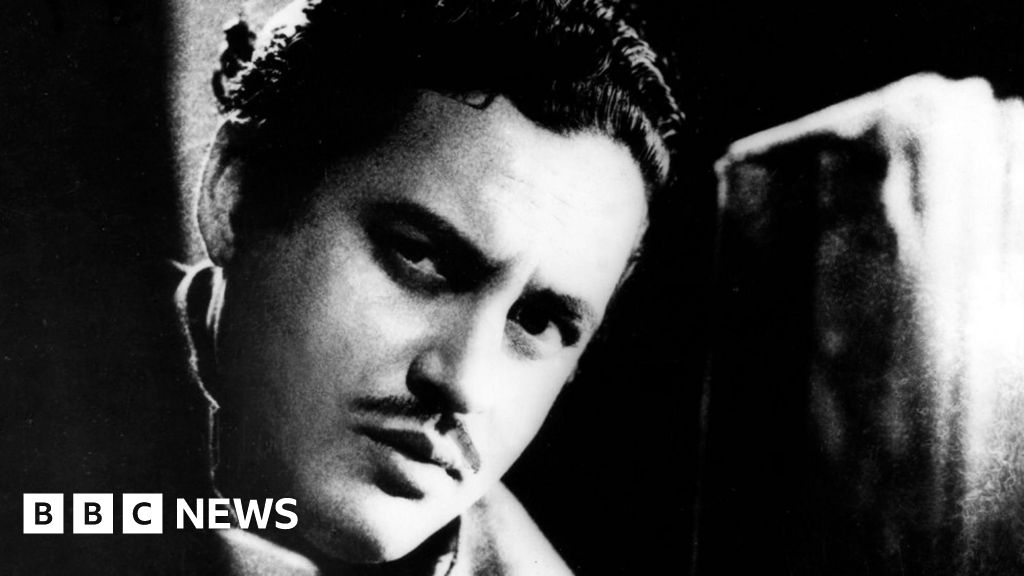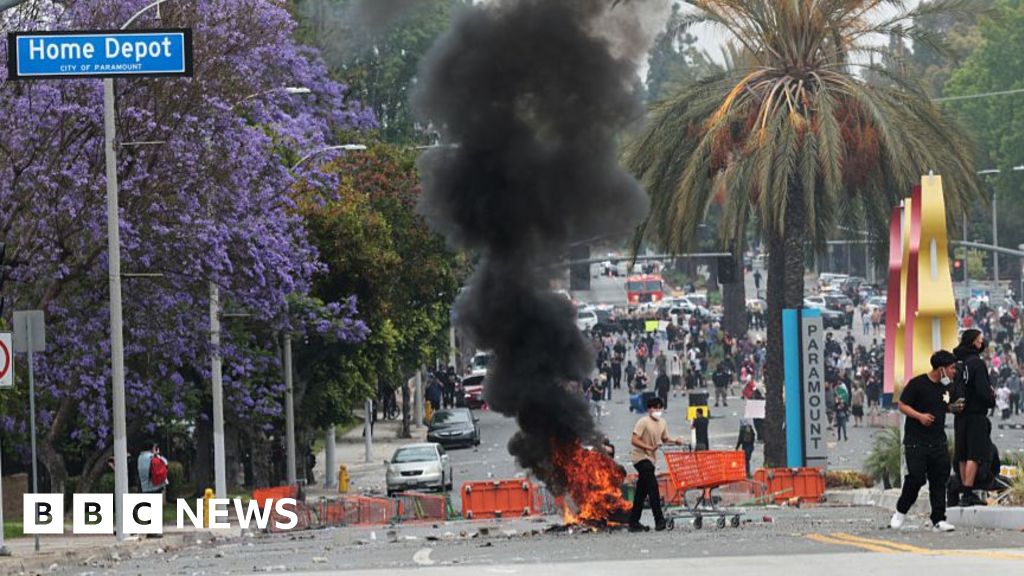
The Temple of the Great Jaguar towers over the main plaza of the ancient Maya city of Tikal (Image: Getty Images/iStockphoto)
Researchers have found that hundreds of human bones found in an underground cave suggest a frightening human sacrifice took place. Archaeologists discovered the remains in Guatemala in the early 1990s and many of the bones show evidence of traumatic injuries suffered around the time of death.
Cueva de Sangre, or the "Blood Cave", is one of over a dozen caves that were used by the Maya between 400 BC and AD 250. As reported by the Daily Mail, the Blood Cave is located underneath the archaeological site of Dos Pilas in Petén. New analysis shows the injuries date back some 2,000 years ago and were caused by ritual dismemberment.
A skull fragment and a child's hip bone show evidence that someone hit them with a hatchet-like tool. The bones were also scattered across the cave in potentially ritualistic ways.
In one part of the cave, archaeologists discovered four stacked skull caps alongside other ritual artefacts. They included blades and red ochre - a natural rust-coloured pigment.
Ellen Frianco told Live Science that the nature of the remains indicate the cave was a sacrifical site. She presented her research alongside bioarchaeologist Michele Bleuze at the annual Society for American Archaeology meeting in April.
The Blood Cave initially caught the attention of researchers due to its large collection of human bones. Many of them showed signs of traumatic injuries and dismemberment.
The cave is only accessible between March and May due to flooding. You can only reach it through a small opening that drops into a low passageway, leading to a pool of water.
Frianco believes the remains inside the cave were an offering to Chaac, the rain god. Human sacrifices were often made to appease the gods during times of crisis.

The human bones were found in an underground cave in Guatemala (Image: Michele M. Bleuze)
Invalid email
We use your sign-up to provide content in ways you've consented to and to improve our understanding of you. This may include adverts from us and 3rd parties based on our understanding. You can unsubscribe at any time. Read our Privacy Policy
Descendants of the Maya still practice a similar ritual but there is no human sacrifice involved. On May 3, people visit caves to pray for rain and a good harvest in the Day of the Holy Cross.
Frianco and Bleuze are planning to study the DNA within the bones to learn more about the decased. They should be able to find out about who they were, their diets and migration patterns.
Bleuze said: "Right now, our focus is who are these people deposited here, because they're treated completely differently than the majority of the population."

 1 month ago
16
1 month ago
16










 English (US) ·
English (US) ·